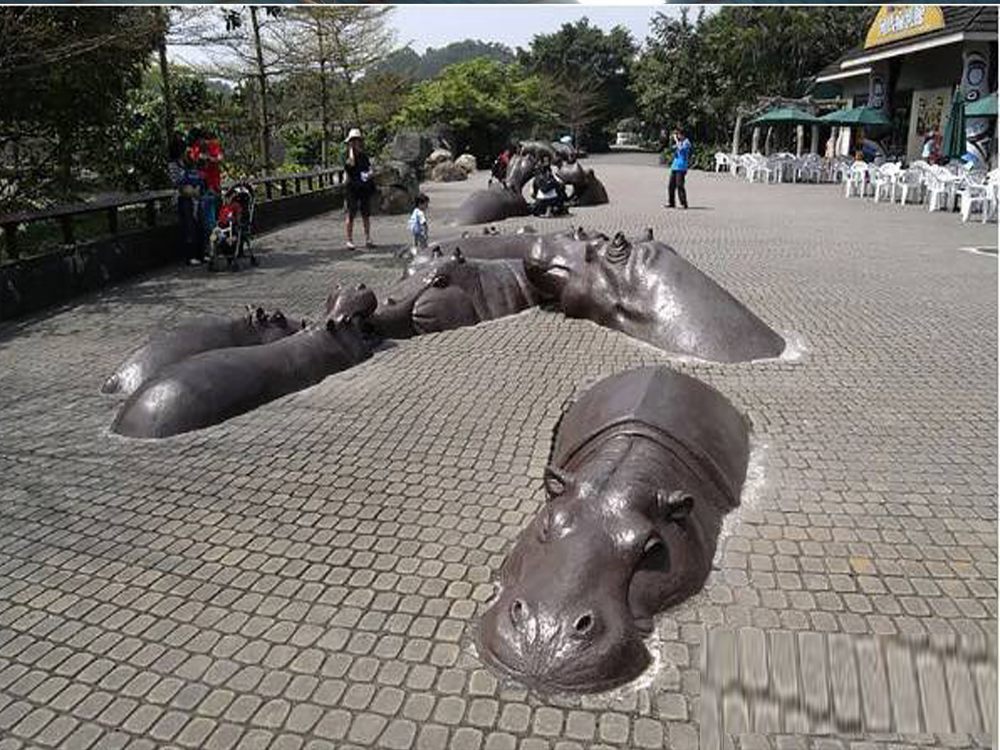
Creating hollow forms in stone carvings is a delicate and intricate process that requires precision and skill. Several techniques are commonly employed by artists to achieve these stunning effects.
1. Drilling: This involves using specialized drills to remove material from the stone, creating cavities. It’s ideal for initial hollowing and achieving deep recesses.
2. Undercutting: A meticulous method where the artist carves beneath the surface to create overhangs or hollow spaces, often used for detailed relief work.
3. Abrasion: Using abrasive tools or sandpaper, artists smooth and refine hollowed areas, ensuring a polished finish.
4. Punching and Chiseling: Heavy tools like punches and chisels are used to break away stone in controlled layers, forming rough hollows before finer detailing.
5. Water Erosion Simulation: Some artists mimic natural erosion by using water jets or controlled chemical reactions to soften and hollow specific areas.
Each technique offers unique advantages, and combining them can yield breathtaking results. Mastery of these methods allows sculptors to bring dynamic depth and dimension to their stone artworks.

